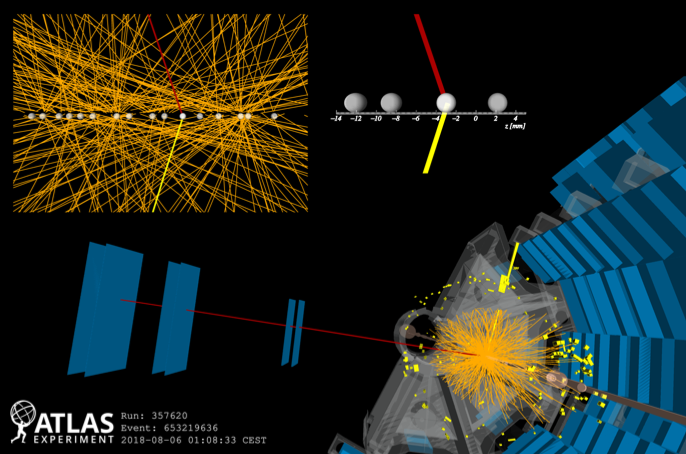During the International Conference on High-Energy Physics (ICHEP 2020), the ATLAS collaboration presented the first observation of photon collisions producing pairs of W bosons, elementary particles that carry the weak force, one of the four fundamental forces. The result demonstrates a new way of using the LHC, namely as a high-energy photon collider directly probing electroweak interactions. It confirms one of the main predictions of electroweak theory – that force carriers can interact with themselves – and provides new ways to probe it.
Oldřich Kepka from the Institute of Physics of the Czech Academy of Sciences made a major contribution to this measurement. The use of the LHC as a source of photon collisions has been his research focus for a long time. “The observed W bosons pair production in a collision of two photons is a pinnacle of one stage of our research,” he points out. “In the previous years we used the lepton pair production as a more frequent process to demonstrate that we, indeed, are able to use ATLAS to identify cases of pair production occurring as a result of the collision of two photons. This time, we managed to record a much rarer process, which opens up new opportunities to study the unification of electromagnetic and weak interaction.
